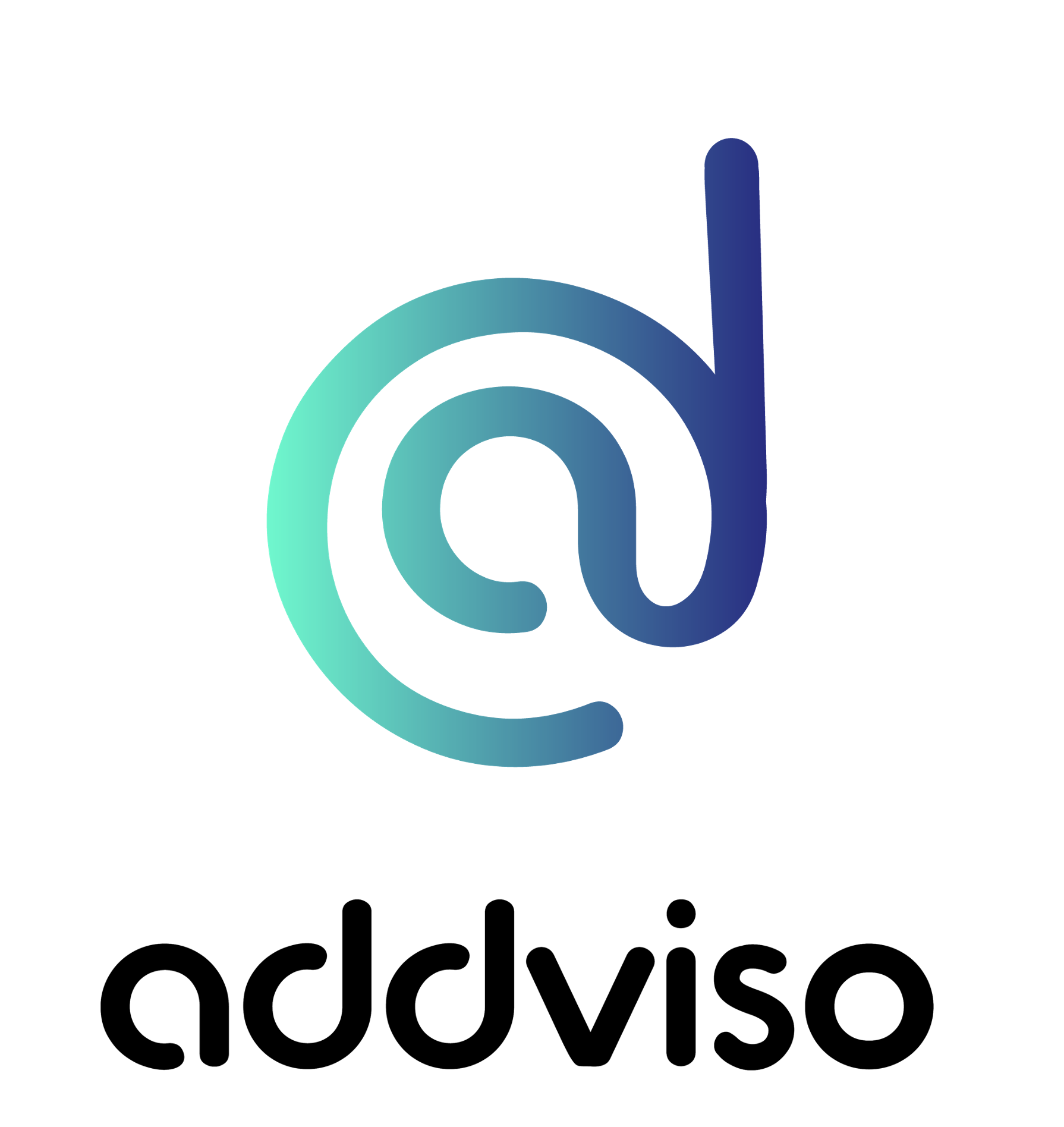Why Addviso?

Introducing cybersecurity products in the European market requires a strategic approach that takes into account regional regulations, market needs, and competitive landscape. Here's a detailed approach to effectively introduce your products:
1. Understand the European Market
- Market Research: Conduct thorough research to understand the specific needs, trends, and pain points in different European countries. This includes understanding the regulatory environment, such as GDPR, which has significant implications for cybersecurity.
- Competitive Analysis: Identify key competitors in the market and analyze their strengths, weaknesses, pricing strategies, and market positioning.
2. Comply with European Regulations
- GDPR Compliance: Ensure your products are fully compliant with the General Data Protection Regulation (GDPR). Highlight this compliance as a key selling point.
- Local Certifications: Obtain necessary certifications that are recognized within Europe, such as the EU Cybersecurity Act certifications.
3. Develop a Strong Value Proposition
- Localized Solutions: Tailor your products to address specific cybersecurity challenges faced by European businesses.
- ROI and Benefits: Clearly articulate the return on investment (ROI) and benefits of your products, focusing on how they solve the unique problems of European customers.
4. Build a Robust Channel Strategy
- Identify Key Partners: Identify potential channel partners such as Value-Added Resellers (VARs), Managed Security Service Providers (MSSPs), system integrators, and distributors with a strong presence in Europe.
- Partner Enablement: Develop comprehensive training and certification programs for partners to ensure they can effectively sell and support your products.
- Incentive Programs: Create attractive incentive programs, including discounts, rebates, and marketing support to motivate and reward partners.
5. Localize Marketing and Sales Efforts
- Multilingual Support: Provide marketing materials, product documentation, and customer support in multiple European languages.
- Localized Marketing Campaigns: Run region-specific marketing campaigns using local channels, including industry events, trade shows, and cybersecurity conferences.
- Digital Presence: Invest in localized SEO and digital marketing to increase your online visibility in European countries.
6. Establish a Local Presence
- European Office: Consider establishing a local office or a regional headquarters to build trust and facilitate better customer and partner relationships.
- Local Staff: Hire local sales and technical staff who understand the market and can provide on-the-ground support.
7. Engage with Industry Groups and Forums
- Memberships: Join European cybersecurity industry groups and forums such as the European Union Agency for Cybersecurity (ENISA) and local chambers of commerce.
- Thought Leadership: Participate in speaking engagements, webinars, and panel discussions to establish your company as a thought leader in cybersecurity.
8. Leverage Case Studies and Testimonials
- Success Stories: Develop case studies and gather testimonials from European clients to build credibility and showcase the effectiveness of your products.
- Industry-Specific Solutions: Highlight successful implementations in key European industries such as finance, healthcare, and manufacturing.
9. Provide Exceptional Customer Support
- 24/7 Support: Offer round-the-clock customer support to address any issues promptly.
- Customer Feedback Loop: Establish a feedback loop with European customers to continuously improve your products and services based on their input.
10. Monitor and Adapt
- Continuous Monitoring: Regularly monitor market trends, customer feedback, and regulatory changes in Europe.
- Agile Approach: Be prepared to adapt your strategies based on market dynamics and emerging cybersecurity threats.
By following these steps, you can effectively introduce and establish your cybersecurity products in the European market, ensuring compliance, building strong partnerships, and addressing the specific needs of European businesses.

Want to go with ChatGTP? I guess they cover most of it. Pretty Good overview of what you need to accomplish!
Want to have some real-life experience to lead you through all of this and show you what is important where and at what stage of your EMEA channel development?
Want to have some facts based information on all these separate issues?
Understand the differences between South, North, East and West of the EU, or even more interestingly: EMEA?
Get an inside look and contact us
